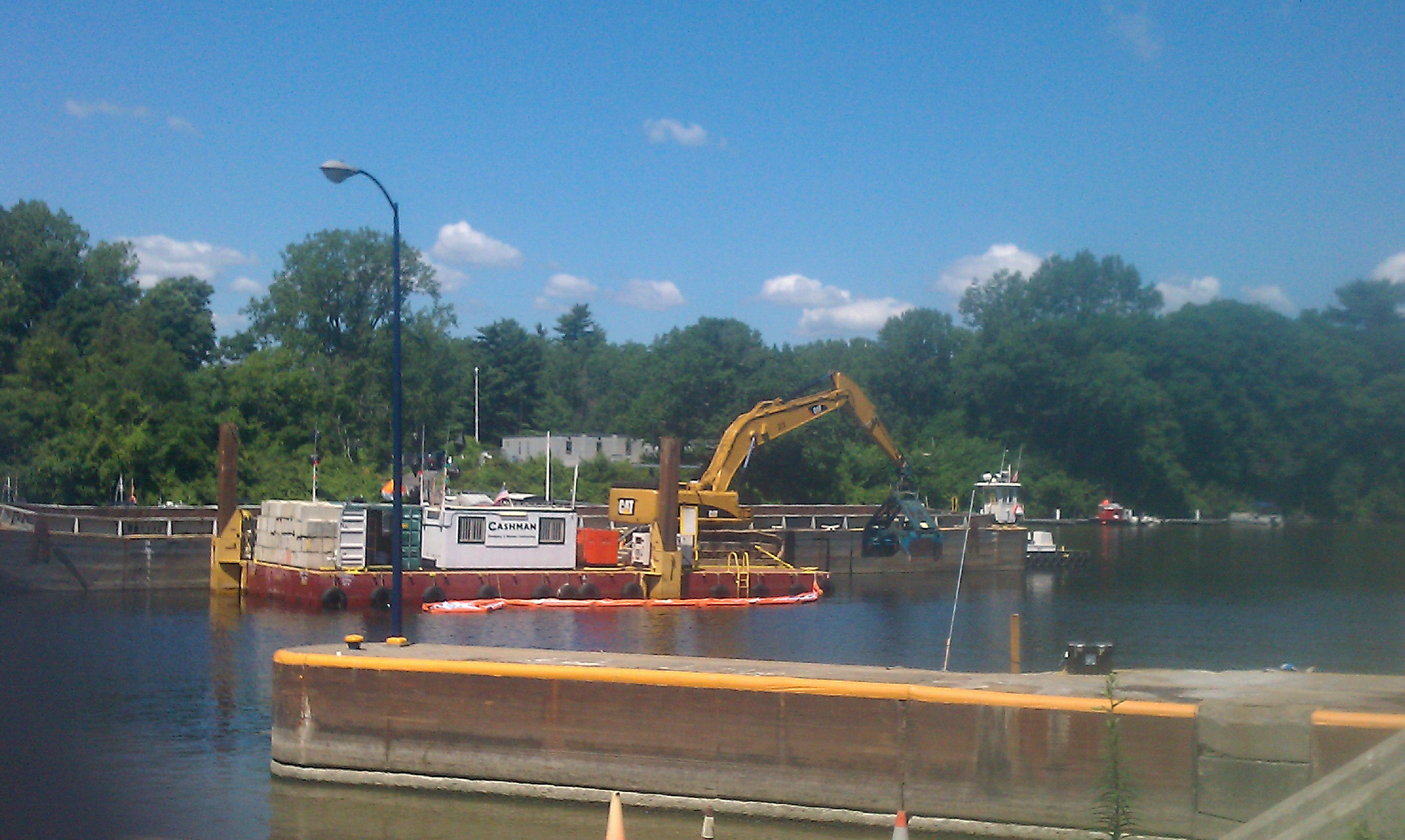Hi Everyone! Hope you’re all enjoying your summers interning! I started my internship just under a month ago so it is time to start blogging!
I am working at the Beacon Institute for Rivers and Estuaries (“the Beacon Institute” or “the Institute”) as an Independent Policy Intern. What that means is all my time here (much like the rest of the staff), is very self-guided, it is my responsibility to produce quality work and make the most of my time. The Beacon Institute is a not-for-profit environmental research organization. As reported in the Institute’s mission statement, the goal of the organization is to “create and maintain a global center for scientific and technological innovation that advances research, education and public policy regarding rivers and estuaries.” The focus here is multidisciplinary and collaborative, combining minds from the fields of science, technology, policy and education. The team includes scientist, engineers, analysts and educators, among others, who work together to achieve the goals of the Institute. Founded in 2006, the Beacon Institute has been working toward the “benefit of public health, economic development, restoration of ecosystems and quality of life”. As much of the nation’s population and economic activity flanks our country’s waterways, the Institute has focused on the goals of; waterways and public heath, sustainable development on riverfronts, rivers estuaries and public security, changes in estuary systems, and global climate change.
In 2007 in collaboration with IBM and Clarkson University the REON program was launched. REON – the River and Estuary Observation Network – is a series of research and data collection platforms which have been engineered and deployed through the Hudson and St. Lawrence rivers and have the capability to capture data in real time. One of the goals of the REON data network is to gain a detailed understanding of crucial and environmentally sensitive water systems so that in an ever growing and changing world, we can better manage, adapt and care for these sensitive aquatic ecosystems.
Currently, I am working on an independent project researching and evaluating multiple aspects of the General Electric PCB Hudson River cleanup. It is something both John Cronin, the Institutes director, and myself are interested in and will be collaborating on in the future. Thus far this research has led to a lot of reading – evaluation reports of the Phase One dredging efforts and long lists of questions/ potential thesis ideas. For instance; what is the carbon foot print associated with a SUPER FUND cleanup site of this magnitude?… The Hudson River is a declared SUPER FUND site for nearly 200 miles, from Fort Edward NY to the Battery in NYC. Then there is the scale and process of removing the contaminated sediments and shipping it out of state by rail car for permanent hazardous waste storage in a landfill. And further who is monitoring this facility and what is the impact of storing New York’s hazardous materials there? What are the economic benefits and costs to both states involved? I feel my BCEP training coming out on a regular basis these days.
Last Thursday I took a drive up to Lock 7 on the Champlain Canal near Rogers Island (north of Fort Edward and South of Glenn’s Falls New York) to view some of the dredging first hand and document some of the activities for the Institutes E-blast. The dredges are massive and the dredge teams maneuver them with what seems like total ease to their specified dredge site. Dr. Jim Bonner met me at the site along with some NSF undergrad research students from Clarkson University. A GE engineer was made available for a brief Q&A session with these students. I listened to his overview and marveled at the complexity of the operations occurring before me. It is speculated this clean up may come with a billion dollar price tag by the time the project wraps up (5 years from now).
The decision to dredge or let natural attenuation dominate was a long and complex process. It seems like a good chunk of my time here will be spent analyzing this cleanup and seeing what, if anything, we have learned about the cleaning and restoration of SUPER FUND sites. How can new monitoring technologies (like REON) be incorporated into our current system of environmental regulations to make better informed decisions about the fate of contaminated sites? One thing that truly sticks with me lately is how many laws are written to require “best available technologies” and, while still fairly young, systems like REON are out there and available yet not deployed. How much of a difference would this make to laws like the Safe Drinking Water Act or the Clean Water Act (the town of Waterford is located just south of the dredge site and uses the Hudson for its source of drinking water)… Real time information from rivers could potentially make a huge difference in both environmental regulations and for public health and safety….
…If anyone wants more information about REON or what goes on at Beacon check out our website; bire.org or follow the Facebook page; Beacon Institute for Rivers and Estuaries. You can see profiles of the REON data from the river and lots of other cool stuff from the organization…
Best of luck in all your internships!!
Kimberly

